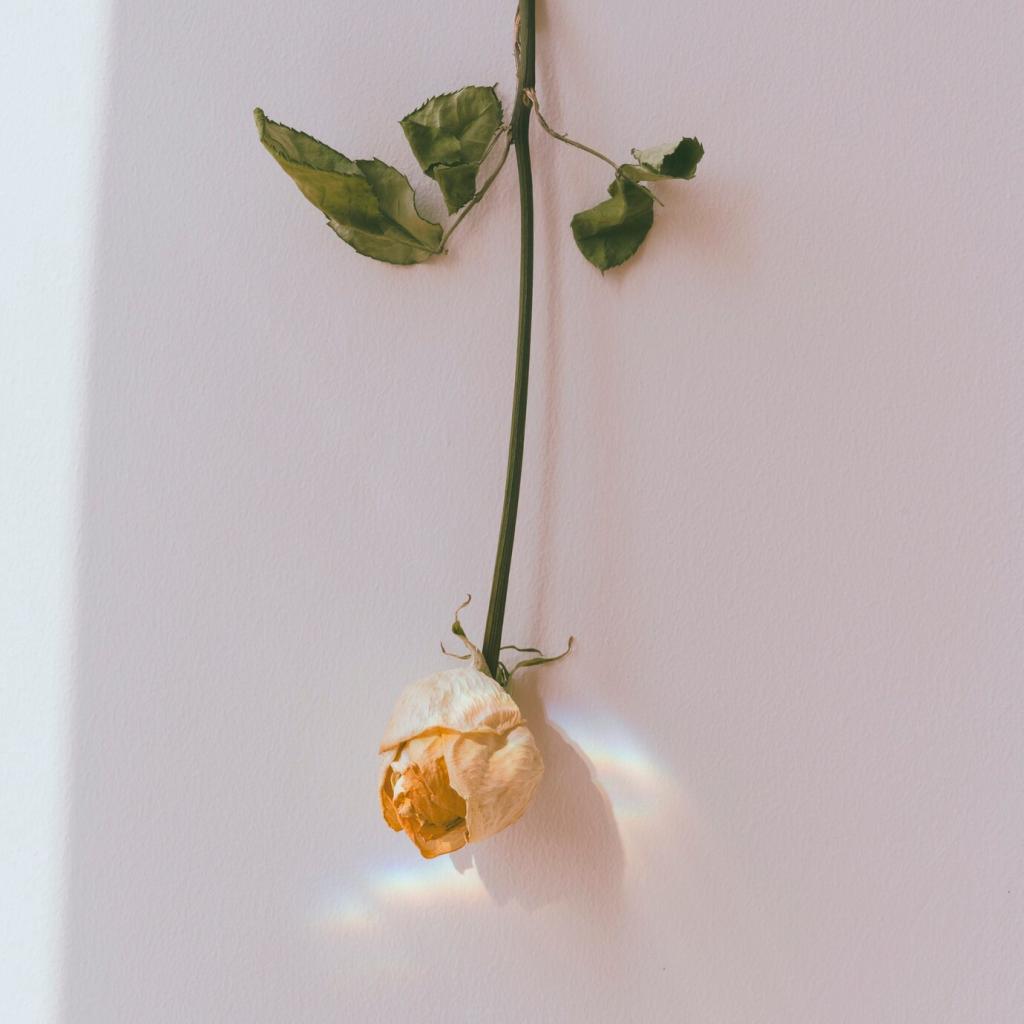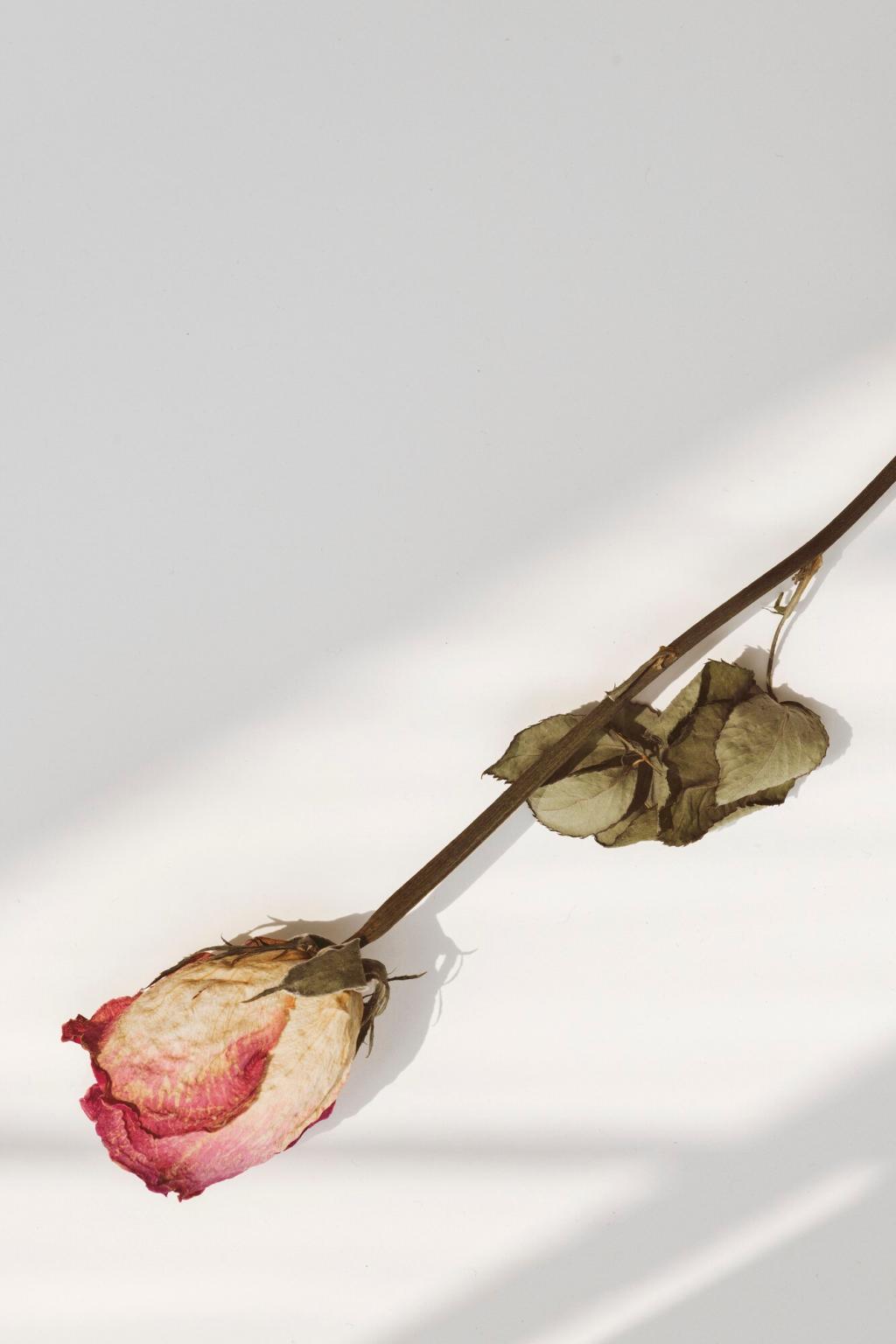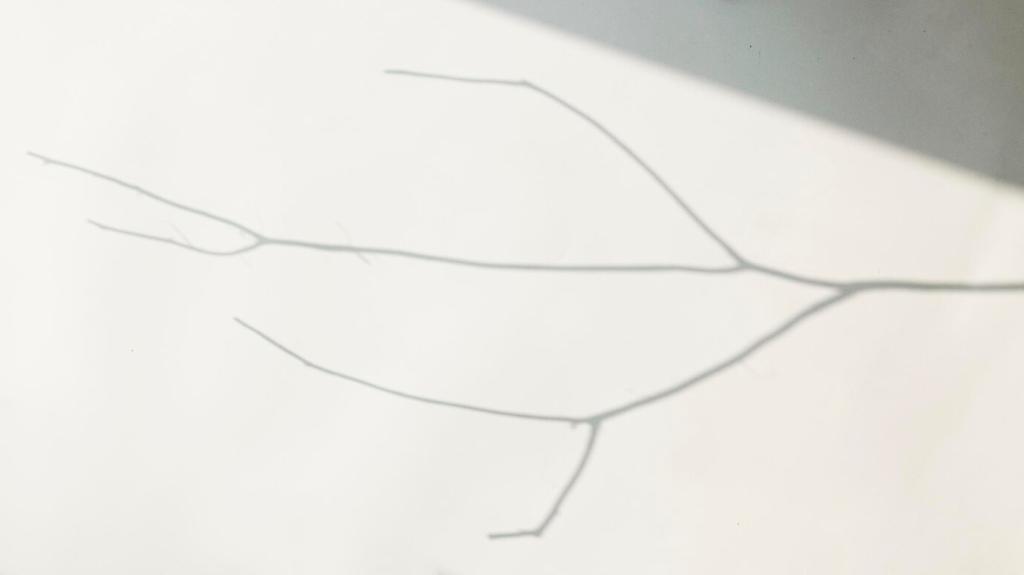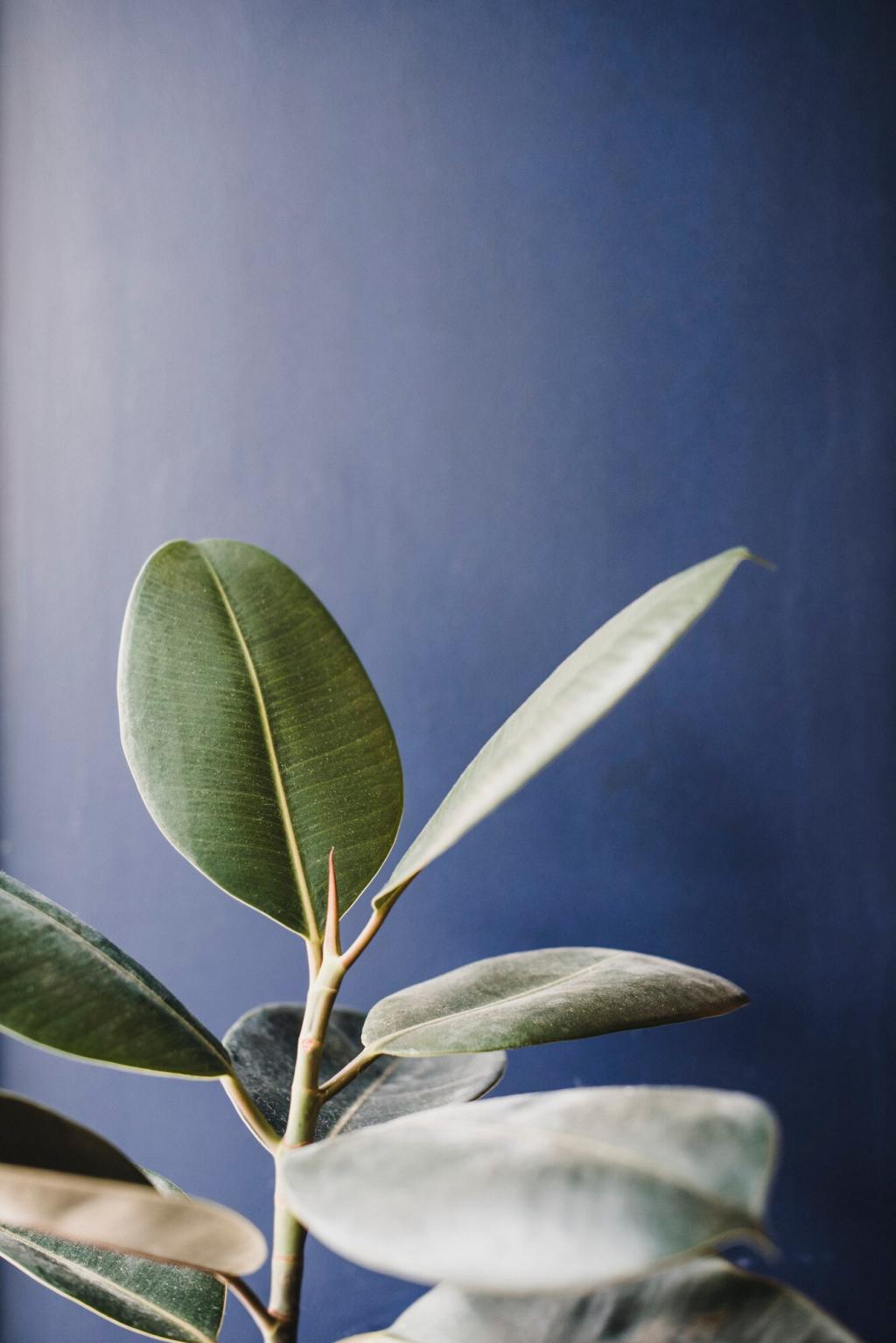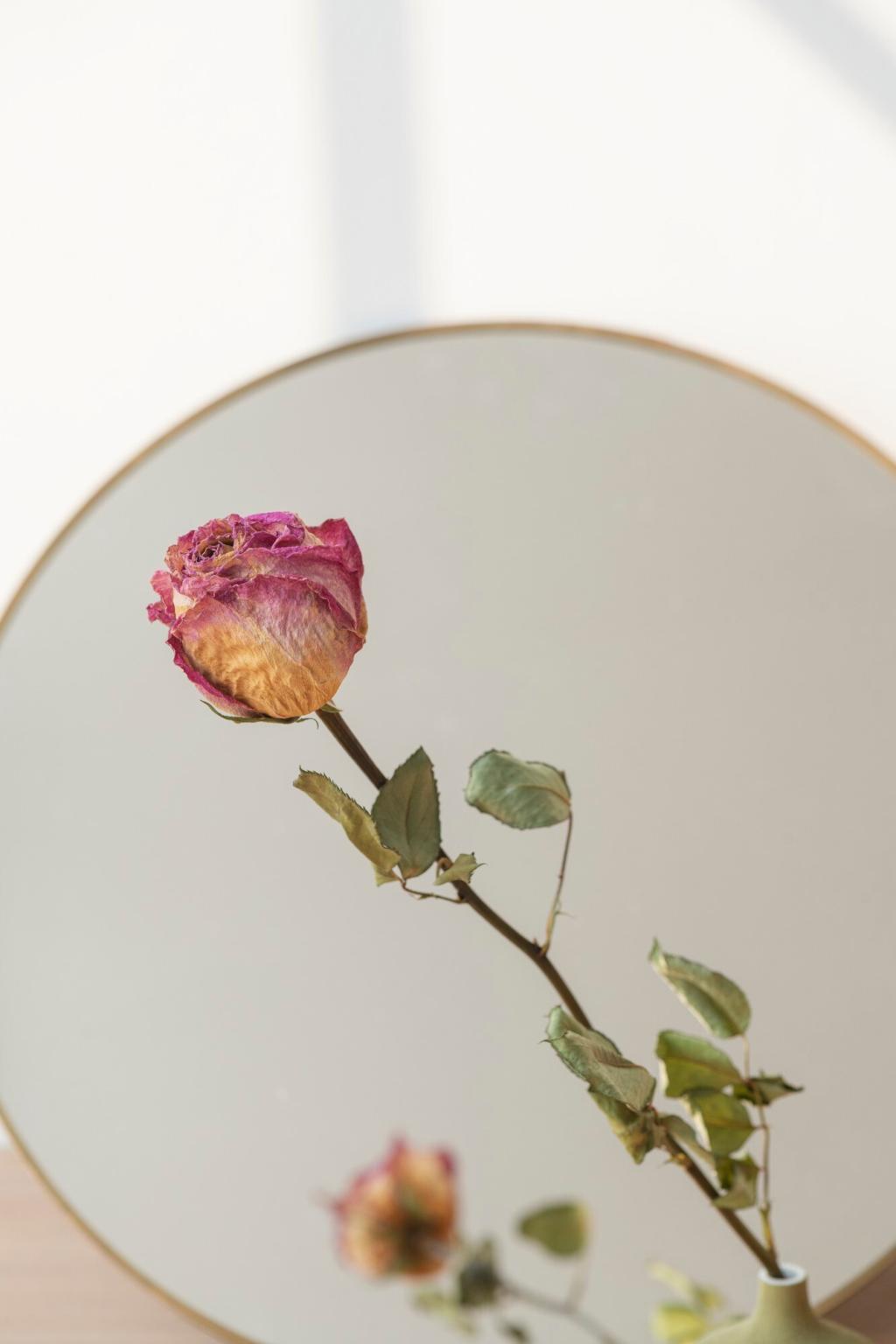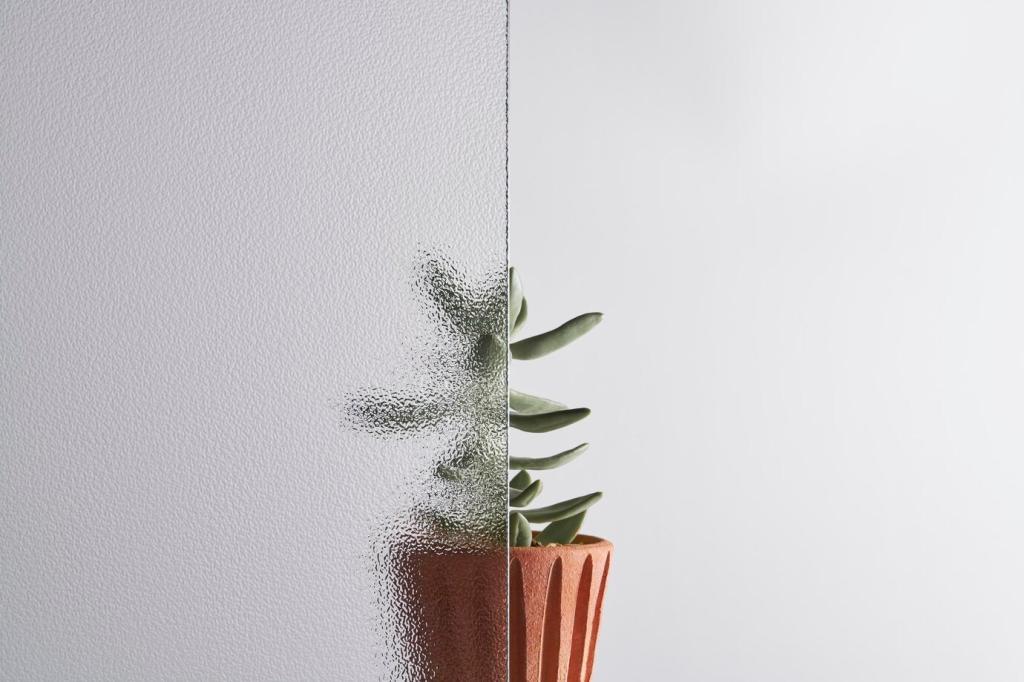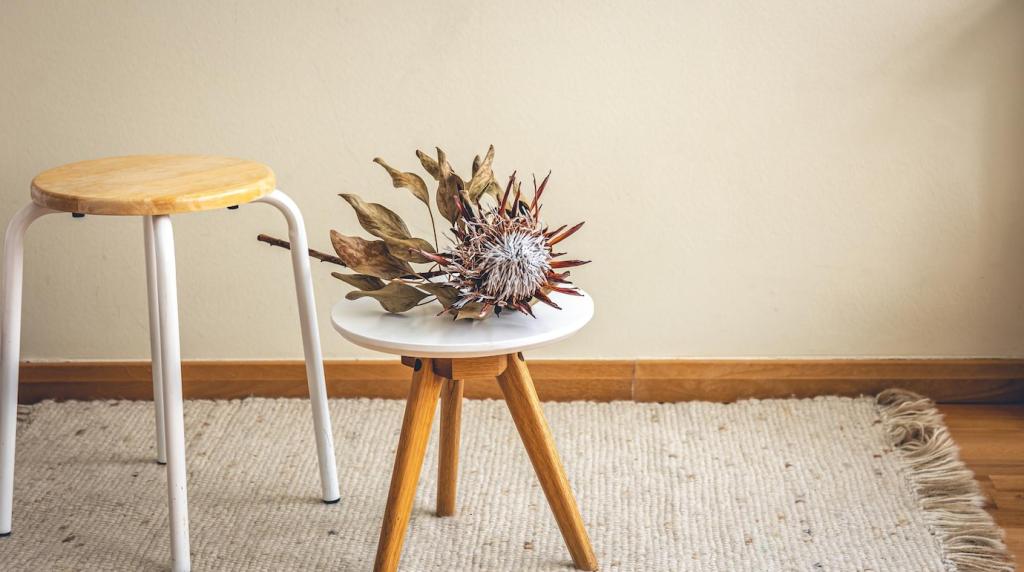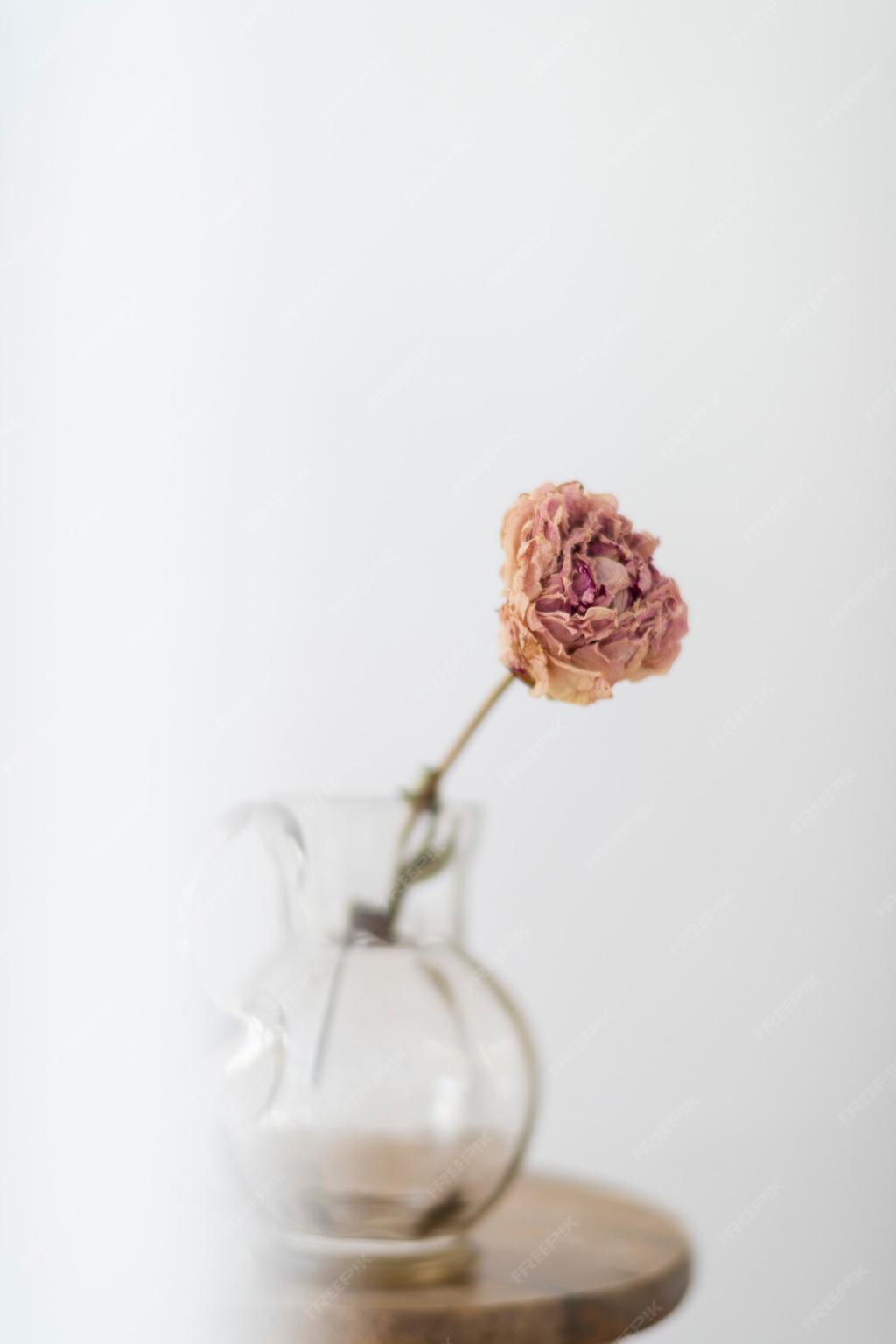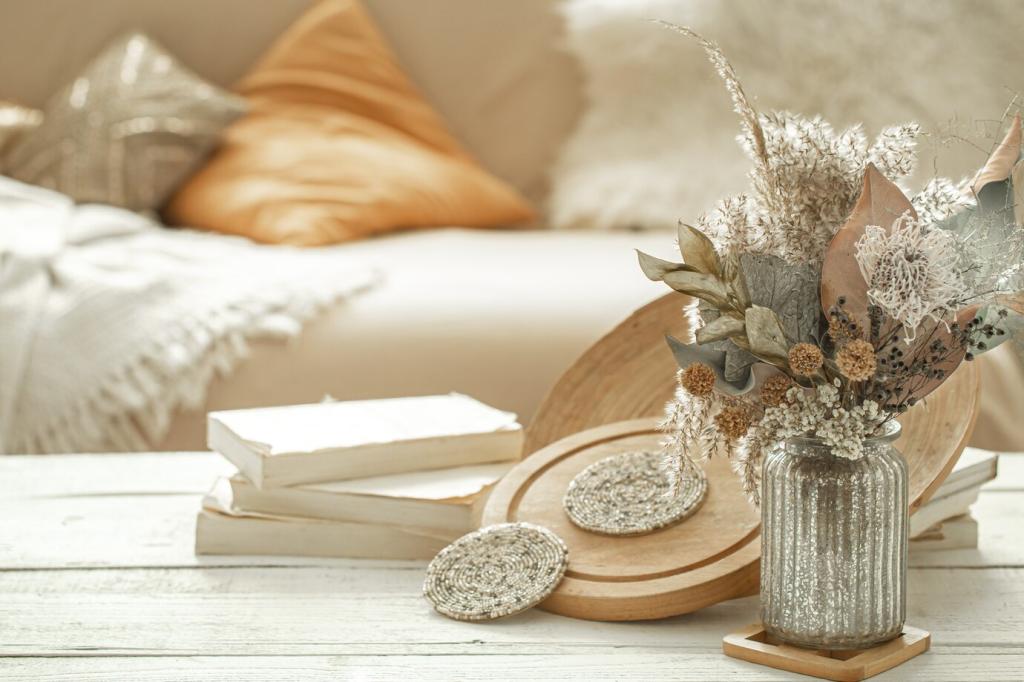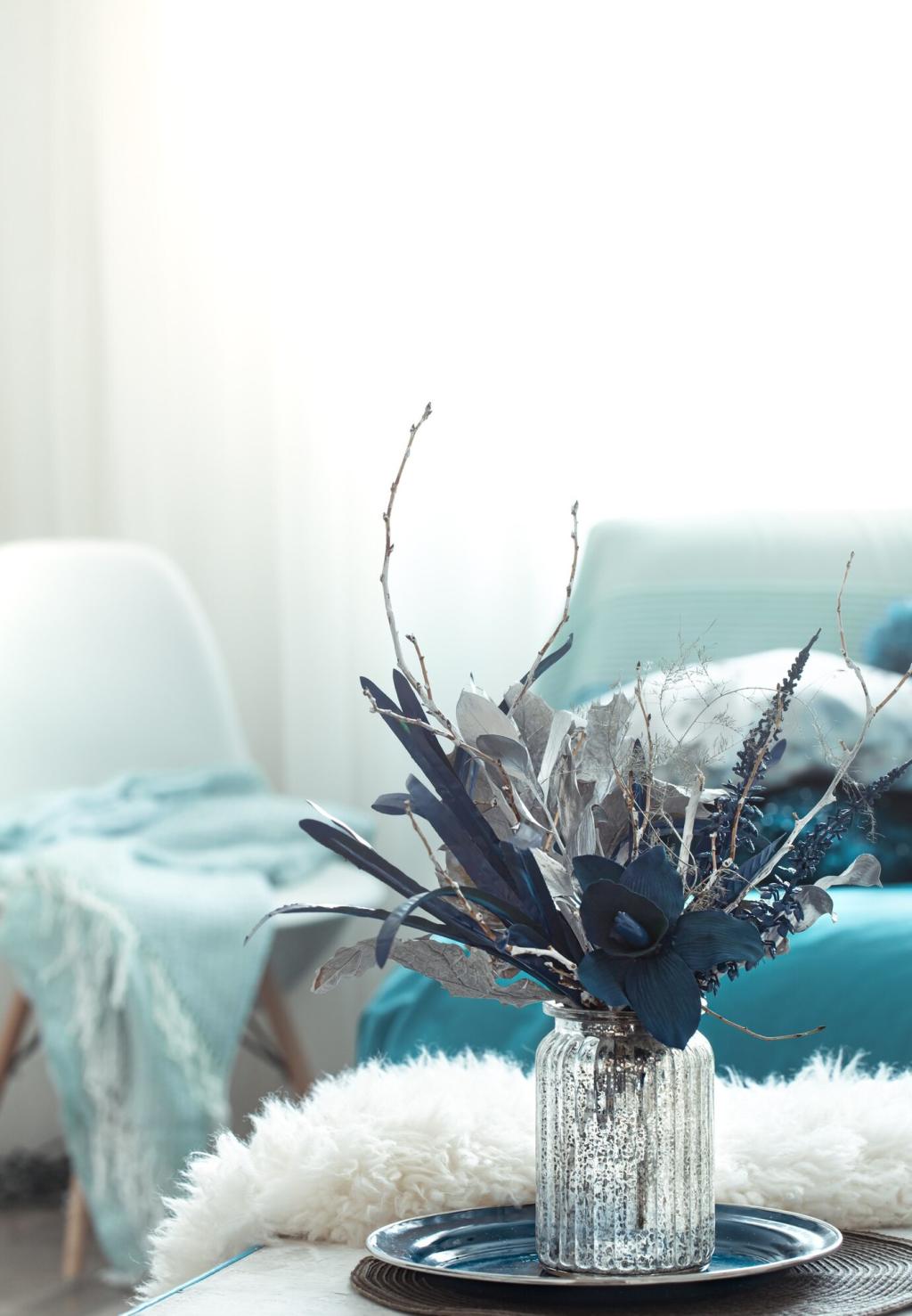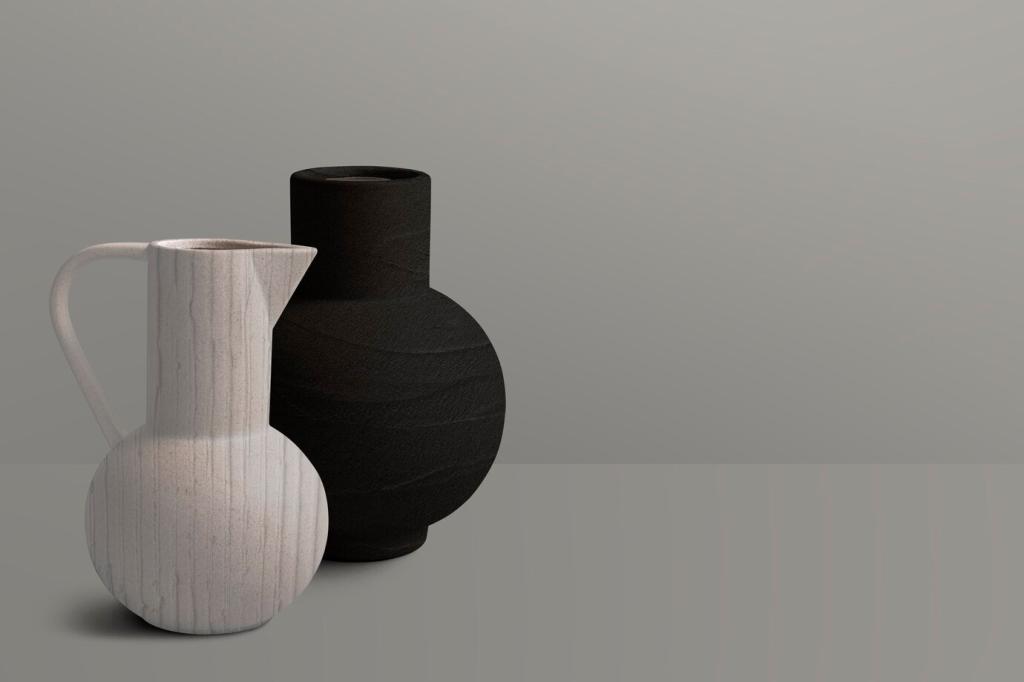Composition: Negative Space, Balance, and Flow
Anchor a room with one notable specimen—perhaps a tall ficus in a simple cylinder—then complement it with smaller, lower-slung companions. The hierarchy clarifies attention, preserves peaceful voids, and prevents the creeping, well-meaning clutter that steals minimalist clarity.
Composition: Negative Space, Balance, and Flow
Repeat identical planters or species in twos or threes along a shelf to create rhythm without noise. Repetition reads as design, not collection, reinforcing intention. It’s the difference between a gallery wall and a pinboard stuffed with everything.

